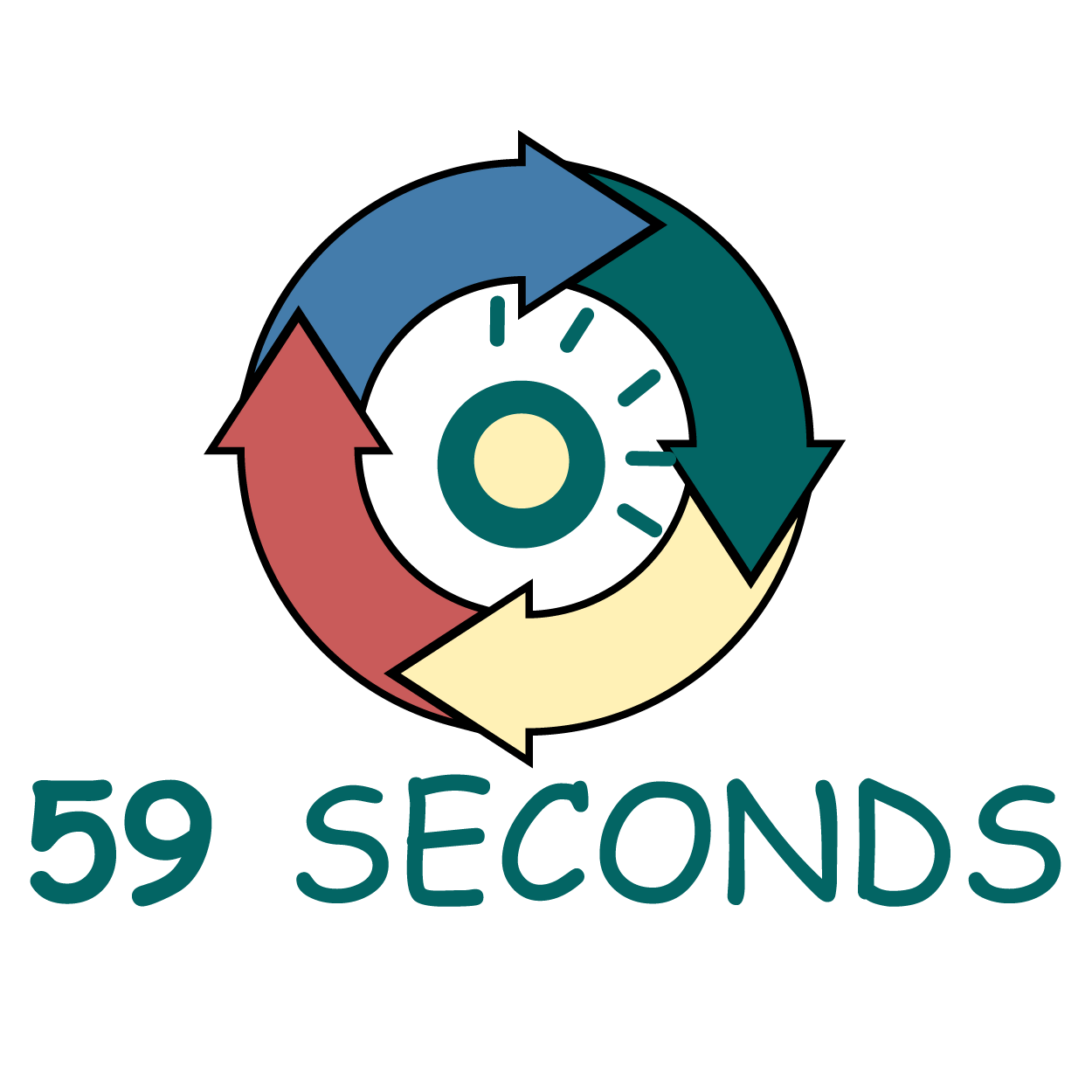
The Agile Frameworks for Scrum Masters – Part 3
Kanban
Kanban, which simply means “visual card” in Japanese, is a scheduling and management framework created by a Toyota engineer. As it facilitates production and inventory control using a pull system, it is one of the most popular Agile frameworks where teams finish just-in-time (JIT) production. Kanban has no prescribed set of roles and does not operate in fixed time boxes. It does, however, operate on cadences and has the following principles:
● Visualize the workflow – Labelling work items and placing them in swim-lanes will simplify communication and give the right information to the team.
● Limit the amount of work-in-progress (WIP) – Putting a limit to WIP lets the team avoid overcommitment, thus completing work items before they move to the next stage.
● Enhance the flow – Identifying bottlenecks and improving the process is necessary to ensure a balanced flow of pulling in work.
By following these principles, teams who use Kanban are able to manage work effectively and leave no work unfinished. The one-piece-flow nature of this Agile framework is good for projects that are already operational.
Lean
Lean, short for Lean Manufacturing, is a set of management principles developed mid-20th century that focuses on value and efficient production systems. Lean management has the following principles:
● Identify value
● Value stream mapping
● Continuous workflow
● Pull system
● Continuous improvement (Kaizen)
Lean
Lean Software Development, conceptualized by Mary and Tom Poppendieck, furthered these principles into the following:
● Eradicate waste
● Incorporate value
● Generate awareness
● Transport quickly
● Value customers
● Maximize everything
Lean aims to create products with business value for the customers, in the most efficient manner possible. It puts further importance on capacity management, waste elimination, and maximizing strategies in order to deliver value effectively. Lean recognizes the “system” – that in the development of a product, different people and processes operate as a whole.
The ‘Agile Scrum Master Training Course With 59 Seconds Training‘ is now available for free. This free Scrum Master Certified Online Training Course provides an in-depth understanding of the Agile Scrum Master roles and responsibilities, where you find out what a Scrum Master does and how to do it. During this free course you will learn all of the tools needed to succeed as an Agile Scrum Master.
Thank you for choosing us to learn about the Agile Scrum Framework.
<– Continue Reading –>
Our Book Recommendations
We found these books great for finding out more information on Agile Scrum:
Master of Agile – Agile Scrum Master With 59 Seconds Agile (Video Training Course)
Introductory Offer: Free Course
Master of Agile – Agile Scrum Master With 59 Seconds Agile (Video Training Course)
What is this course?
This ‘Master of Agile – Agile Scrum Master With 59 Seconds Agile (Video Training Course)’ provides an in-depth understanding of the Agile Scrum Master roles and responsibilities
You will explore the Agile Scrum project life-cycle, including how an Agile User Story is created, to how we know when it is ‘done’
This course is aimed at those with or without prior knowledge and experience of the Agile values and principles
During this course you will learn the tools needed to succeed as an Agile Scrum Master
What will you learn?
You will gain an in-depth understanding of the Agile Scrum Master roles and responsibilities, and you will be able to
- Fully understand the role of the Agile Scrum Master
- Understand the roles involved in an Agile project
- Create an effective Product Backlog
- Effectively participate in Scrum Meetings such as the Daily Stand-up, Sprint Review and Retrospective
- Identify the roles involves in the Scrum Team

What topics are covered within this course?
You will cover the following topics during this course:
- An Introduction to Agile Project Management (Scrum Master)
- Using the Agile Manifesto to Deliver Change (Scrum Master)
- The 12 Agile Principles (Scrum Master)
- The Agile Fundamentals (Scrum Master)
- Introduction to Scrum (Scrum Master)
- Scrum Projects (Scrum Master)
- Scrum Project Roles (Scrum Master)
- Scrum in Projects, Programs & Portfolios (Scrum Master)
- How to Manage an Agile Project (Scrum Master)
- Leadership Styles (Scrum Master)
- The Agile Project Life-cycle (Scrum Master)
